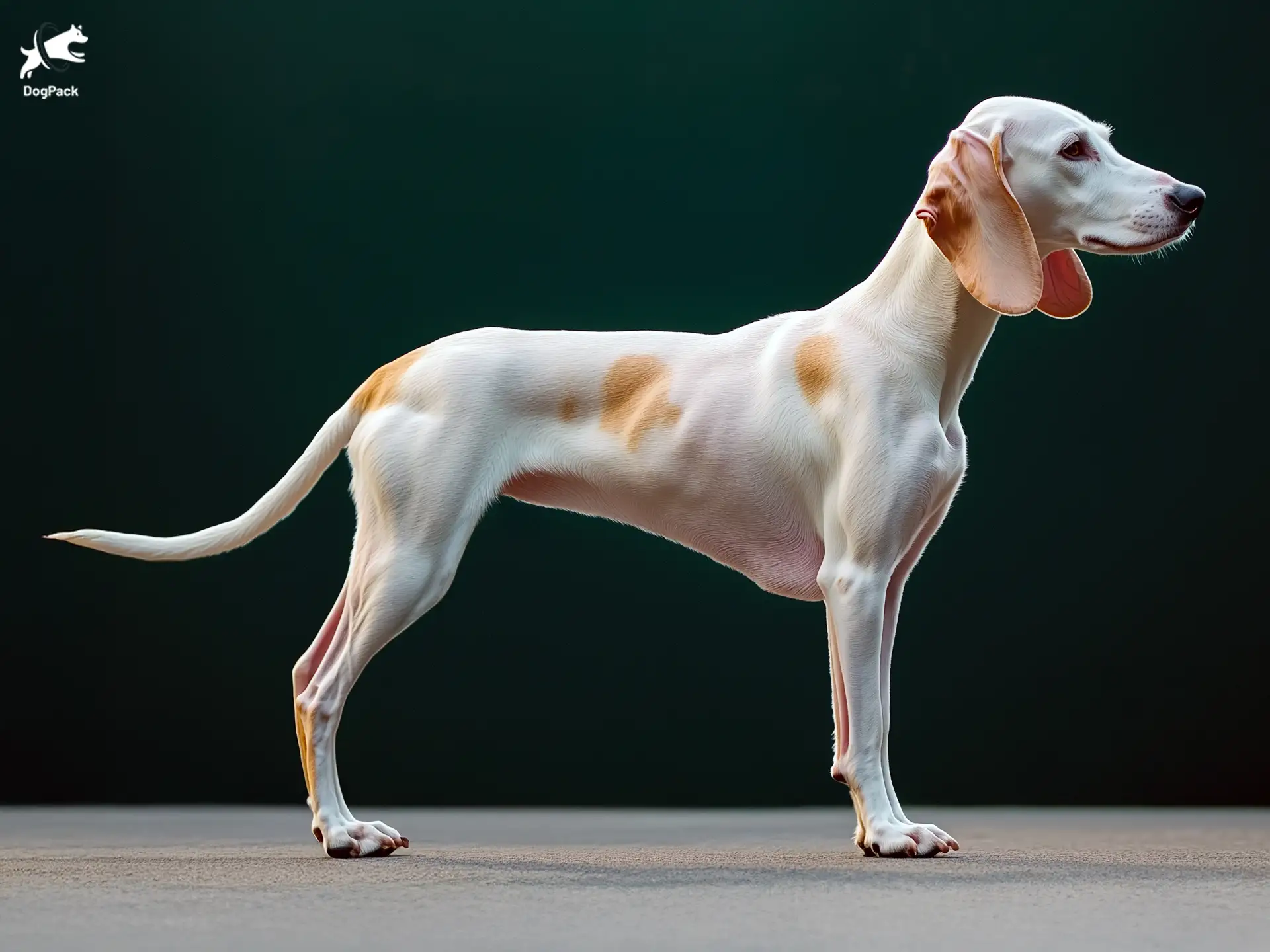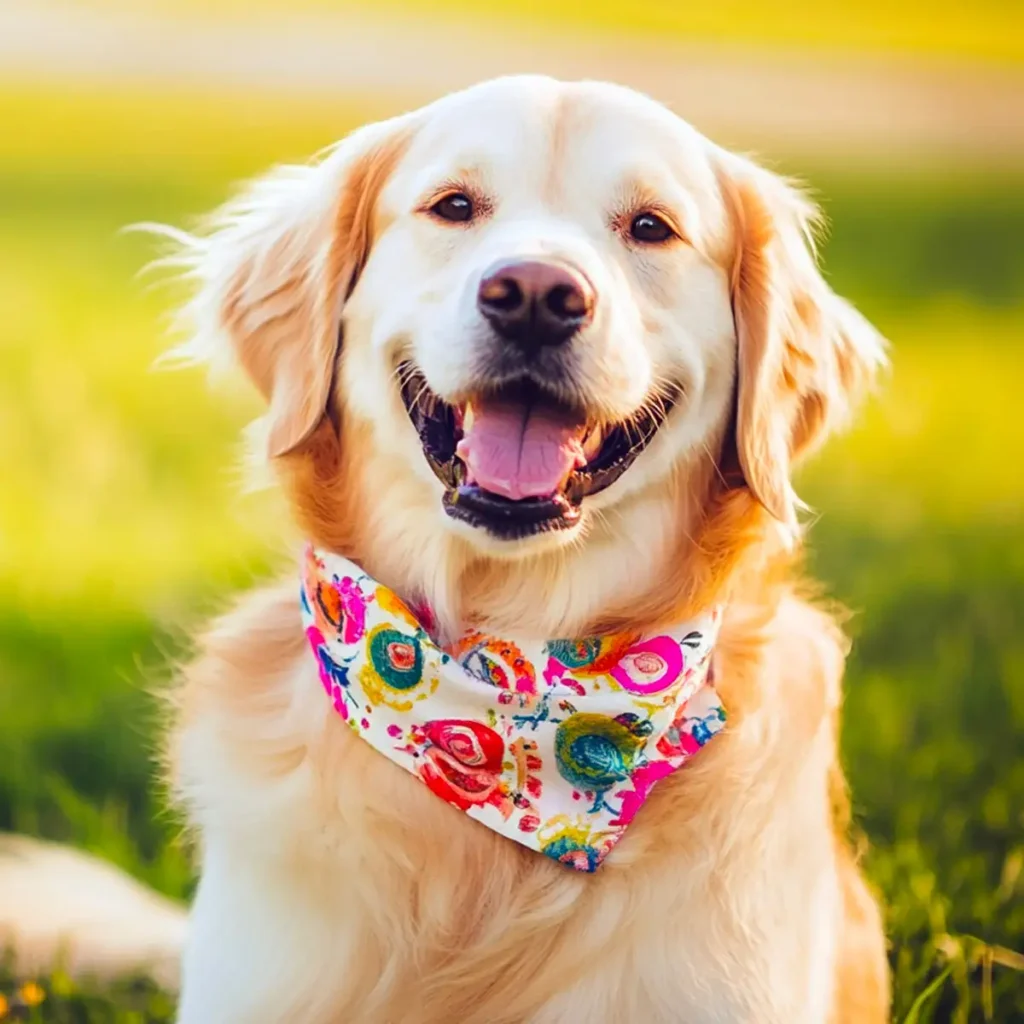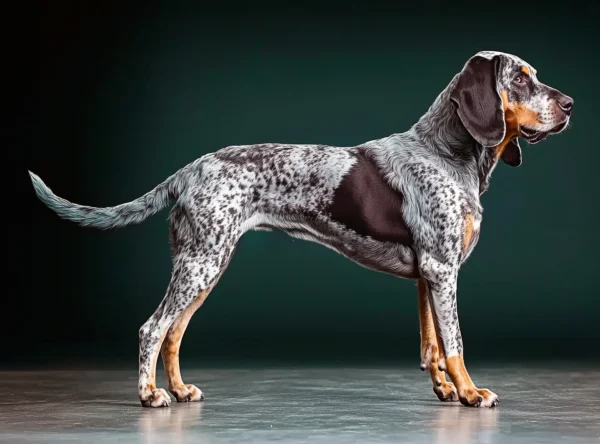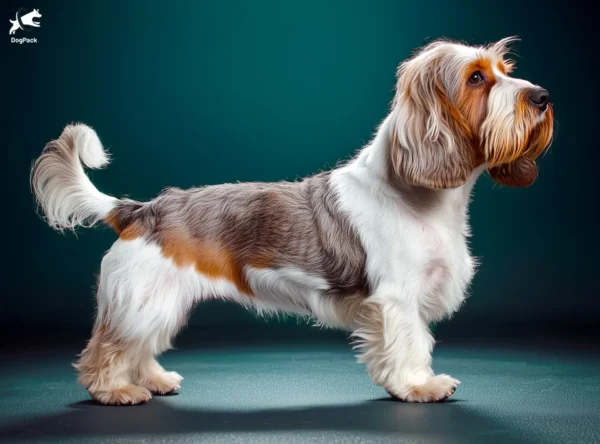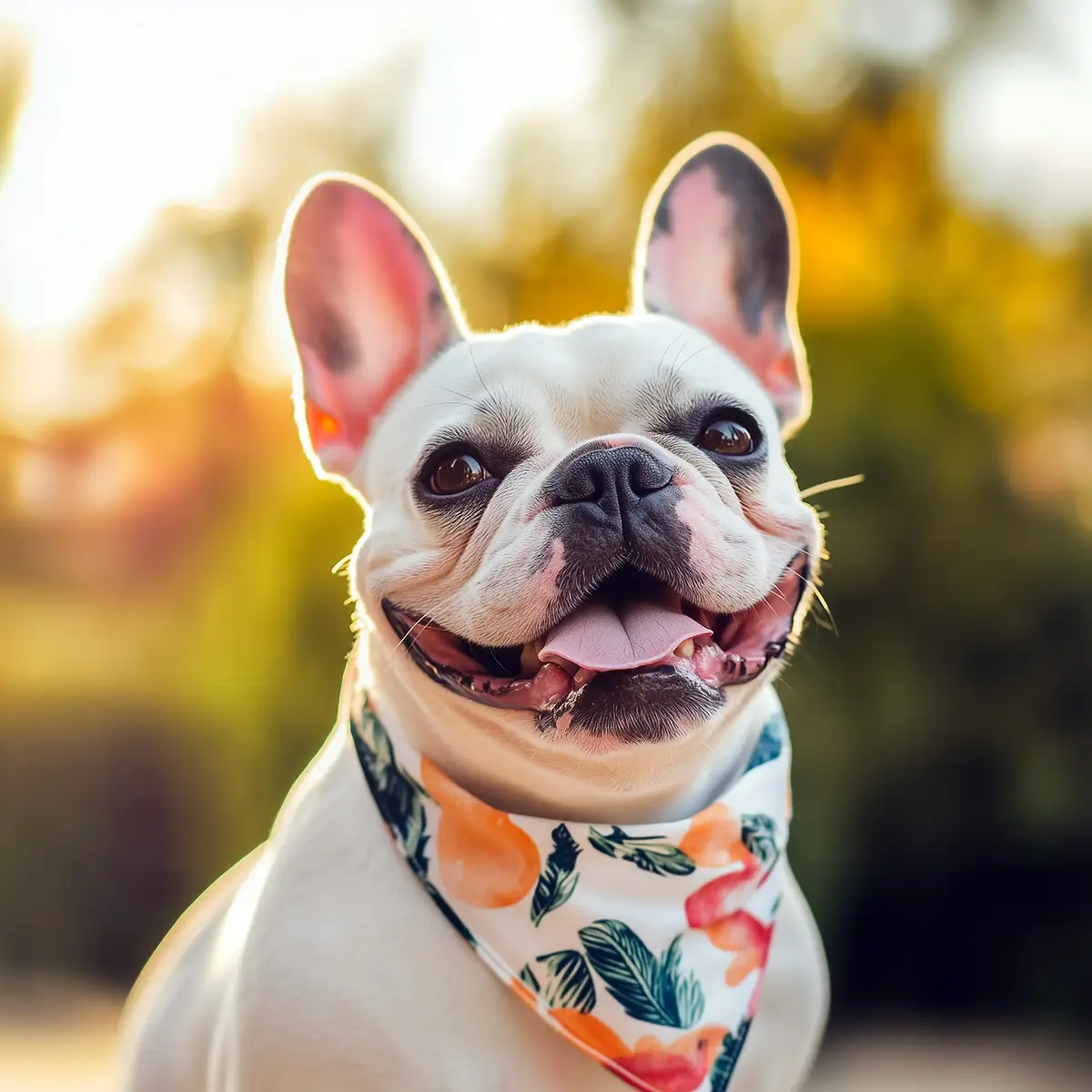Porcelaine Dog Breed Info & Overview
The Porcelaine, aptly named for its striking porcelain-white coat and refined features, is a graceful hound bred for hunting in the French countryside. Renowned for its keen senses, impressive stamina, and cheerful disposition, this breed is as captivating as it is hardworking. Whether admired for its elegance or its dedicated work ethic, the Porcelaine enchants dog enthusiasts with its unique charm and versatility.
Characteristics
Pictures
Breed History
Although considered one of France’s rare dog breeds, this hound boasts a heritage tracing back centuries. Early references suggest it descends from ancient French scent hounds kept by nobility. Developed primarily for rabbit and deer hunting, the breed’s unwavering focus and endurance made it highly prized in hunting circles, even though it remained relatively unknown outside its homeland.
During the French Revolution, many noble kennels disbanded, putting these sleek hounds at risk. However, dedicated hunters in rural regions worked to preserve these elegant dogs, valuing their distinct porcelain-white coat and tireless tracking abilities. Over the 19th and 20th centuries, small breeding programs sustained the line, ensuring the continued presence of this graceful companion in French hunting packs.
While its name references its lustrous, nearly translucent coat, it also represents the breed’s refined and polished look. Porcelaine hounds gained modest recognition among canine experts over time, but they remain a hidden gem compared to more popular hunting breeds. Thanks to passionate enthusiasts, they’ve begun appearing in select countries, gradually captivating the hearts of dog lovers worldwide.
Temperament, Personality
This breed brims with curiosity and playful energy, making it a delight for those who crave an active, outdoorsy companion. It’s spirited without being overly boisterous, often displaying a serene focus while tracking scents. Though it thrives on adventure, it also has a warm, affectionate nature that endears it to family members who show consistent love and attention.
Around strangers, these confident hounds might appear reserved at first, but they rarely show aggression. With early socialization, they typically learn to greet new people with relaxed curiosity. They’re known to form close bonds with their families, and their upbeat demeanor helps them get along with children who understand a dog’s boundaries and respect its space.
If raised alongside other pets, especially dogs of similar or larger size, they usually adapt well and enjoy having a four-legged playmate. Cats or smaller animals might trigger their hunting instincts, so cautious introductions are key. Overall, the Porcelaine’s sunny disposition and inquisitive spirit make it a pleasure to have around, provided it receives plenty of outlets for mental and physical stimulation.
Physical Characteristics
When you first see this breed, the porcelain-white coat, elegant build, and streamlined silhouette immediately catch your eye. The skin beneath their short coat sometimes shows mottled spots of orange or light brown, which can subtly peek through. Their ears are long and drooping, framing a face marked by a noble muzzle and bright, curious eyes.
Standing between 22 and 23 inches (56–58 cm), these dogs project a poised appearance. The body structure is lean but muscular, designed for speed and endurance rather than brute strength. While their overall impression is refined, they carry themselves with a robust athleticism that hints at their hunting background and ability to cover rugged terrain with surprising ease.
The tail, typically long and tapered, often wags with enthusiasm when they catch an enticing scent. Their short coat feels smooth to the touch and requires minimal grooming, highlighting the dog’s natural luster. Though they may seem dainty, they’re built to perform in the field, and every aspect of their physique reflects their deep-rooted identity as a French scent hound.
Health Issues
Like many scent hounds, this breed is fairly robust, though certain issues do appear. Ear infections can crop up due to their long, pendulous ears, which trap moisture if not cleaned regularly. Routine veterinary checkups are essential for preventing ear mites, bacterial growth, or yeast buildup, especially if the dog spends a lot of time in damp or wooded environments.
They can occasionally experience hip dysplasia—an abnormal formation of the hip socket that impacts mobility. Owners should consider screening through an orthopedic exam and maintain a healthy diet to keep joints in good shape. Genetic testing is also recommended for breeders to preserve overall health. While not overly prone to allergies, they still benefit from regular coat inspections to catch any skin irritations.
When adopting or purchasing a Porcelaine, verify the parents’ health records and consult a trustworthy veterinarian for guidance on breed-specific preventive care. Regular exercise helps maintain muscle tone, which can mitigate joint stress. You may also wish to consult references like VCBH Health Library or speak with a specialized hound veterinarian for additional advice on keeping these dogs in peak condition.
Grooming Needs
Thanks to a short, sleek coat, grooming is quite straightforward. A weekly once-over with a soft-bristle brush or grooming mitt keeps their coat shining and removes loose hairs. This low-maintenance routine suits owners looking for a clean, polished companion without heavy shedding issues. An occasional wipe-down with a damp cloth can help keep them free of dirt or debris.
Their droopy ears do require consistent attention. Check and clean them at least once a week to avoid trapped moisture and wax buildup. Because these dogs often roam through brush or forested areas, a post-adventure inspection is wise to remove any twigs, seeds, or bugs that might have hitched a ride on those floppy ear flaps.
Nail trimming is needed every few weeks to prevent cracking or discomfort, especially if they aren’t wearing them down on natural terrain. Teeth should be brushed regularly—ideally, a few times a week—to help ward off dental issues. Overall, the grooming process is hassle-free, making it easier to focus on enjoying this breed’s playful and energetic nature.
Exercise Requirements
Born to chase scents, this dog craves vigorous daily exercise. Regular hikes, scent-tracking games, or even jogs around the neighborhood will keep it both mentally engaged and physically fit. Simply letting it out in the backyard isn’t enough—this hound wants to explore, so plan structured outings and search-based activities to harness its natural hunting drive in a positive way.
Without enough activity, these lively dogs can grow restless or resort to destructive habits. Tire them out with puzzle toys or trailing exercises that tap into their heightened sense of smell. Organized canine sports, like scent work or competitive tracking, offer an ideal outlet. They’re also happy to join you on weekend excursions, from long nature walks to day trips exploring wide-open spaces.
If you live in a suburban or rural setting, ensure a secure fence since their nose may lead them astray. Regular social walks in safe off-leash areas help reinforce recall commands. Always keep sessions positive; a well-exercised Porcelaine is a calmer housemate, ready to nap peacefully at your side once the day’s adventures have satisfied that energetic spirit.
Training Tips
Though intelligent, these hounds can be strong-willed, especially when they pick up an alluring scent. Patience is crucial, along with consistent, reward-based training. Short, engaging sessions with treats or praise work well, reinforcing good behaviors and manners without pushing them beyond their natural attention span. A heavy-handed approach often backfires, as it can stifle the dog’s enthusiasm and willingness to learn.
Focus on recall and leash etiquette early on. Because this breed has powerful tracking instincts, a solid recall command keeps them safe and close by when distractions pop up. A front-clip harness or gentle leader may help manage pulling if you frequently walk in areas filled with tempting smells. Ensure everyone in the family uses the same commands to avoid confusion.
Introduce them to varied environments, from busy sidewalks to quiet trails, to refine socialization skills. Work in a few new experiences each week, gradually increasing difficulty. Keep sessions fun, mixing short bursts of obedience drills with sniff breaks as a reward. With dedication and positivity, a Porcelaine can blossom into a reliable, well-behaved companion that still retains its endearing sense of independence.
Nutrition, Diet
This athletic French hound typically does best on a high-protein diet formulated to support its energy demands. Look for recipes with quality animal protein sources—venison or rabbit can complement their hunting background, while fish-based kibble may offer beneficial fatty acids for coat health. Consider rotating protein types if they don’t show sensitivities, to keep meals interesting and nutritionally balanced.
Adults generally thrive on about 2.5–3 cups of premium dog food daily, split into two meals. Active hunters or dogs engaged in tracking sports may need closer to 3.5 cups. Monitor body condition regularly; if you notice weight gain, reduce portions slightly or add more cardio-based play. If your Porcelaine is frequently in the field, consider a specially formulated “performance” kibble to sustain stamina.
Consult with a vet for individualized guidelines, especially if your hound has unique metabolic needs. Some dogs do well with occasional fresh, lean meats or vegetables, but avoid overfeeding table scraps. Keep plenty of fresh water available, particularly after rigorous activity. By maintaining a tailored feeding schedule and focusing on top-notch ingredients, you’ll help this breed stay robust and full of vitality.
Adoption, Breeders
Given its rarity, you might have to search specialized rescues or international networks. Always look for breeders who prioritize health testing and proper socialization. It’s worth connecting with passionate breed clubs to find reliable contacts and avoid unscrupulous sources. When adopting, make sure you learn about the dog’s background to better address any behavioral or health needs before bringing it home.
For a thorough breeder directory, check out the Porcelaine Club of America or the French-based Société Centrale Canine for official listings. Reputable breeders will answer questions about lineage, show you health clearances, and let you meet at least one parent dog. Patience is key—you may find only a few litters each year, but the wait is often worthwhile.
If adopting, ask shelters or hound-specific rescues if they have this breed. Emphasize your willingness to accommodate a high-energy dog, as not every home is ready for that. Remember to request vet checks or references, and keep lines of communication open so you can return to the rescue if serious issues arise. Ultimately, thoughtful preparation ensures a harmonious match between you and your new four-legged friend.
Family Pet?
Many families find these dogs a joy to have around thanks to their playful nature and gentle demeanor. They’re excellent for households with older children who can participate in active play and respect the dog’s boundaries. Provided they’re given daily exercise, they can settle nicely into family routines, eagerly joining in weekend activities or lounge-around movie nights.
However, keep in mind they might be too energetic for very small children, unless supervised by an adult. They can accidentally bump into toddlers when zipping around the house. Teaching both kids and hounds how to interact respectfully often leads to a mutual bond. The breed’s natural desire to be near its people makes it a loving, if occasionally exuberant, companion.
Families who appreciate outdoor adventures—like hiking, camping, or daily morning runs—often find this breed a perfect match. Their social streak means they typically adapt well to a bustling household. Yet they also appreciate a quiet corner for napping. Ultimately, it’s all about balance: frequent exercise, a bit of structured training, and a warm spot on the couch for snuggles.
Right For You?
If you’re an active owner, love spending time outdoors, and have the space (or access to safe trails) for regular romps, you’ll find joy in this hound’s unyielding spirit. It’s especially rewarding if you enjoy exploring new scents and terrains together, tapping into their hunting heritage. Patience is key, as they won’t be the type to thrive on a rigid, indoor-only lifestyle.
Those who prefer a quieter, low-energy companion might find this dog’s drive overwhelming. Apartment living is possible if you’re ready to compensate with ample exercise, but a fenced yard or countryside setting suits them best. Ask yourself if you’re prepared for an inquisitive, nose-driven buddy who always wants to see (and sniff) what’s over the next hill.
Ultimately, the Porcelaine’s high spirits and sleek elegance can add excitement to any household that can keep up with its robust needs. Before making the leap, consider your schedule, your willingness to train diligently, and your overall activity level. When matched with the right owner, this charming French scenthound can become a loyal companion and a source of endless canine companionship.
Conclusion
With its refined look, sociable nature, and unquenchable thirst for outdoor exploration, the Porcelaine is a unique choice for owners ready to embrace a higher-octane lifestyle. This swift yet gentle hunter thrives in environments that let it roam safely and experience new smells. If you’re seeking a rare, medium-sized dog full of curiosity and charm, look no further than this French hound.
FAQs
-
Why is the Porcelaine called the “Royal Hound”?
The Porcelaine earned its nickname for its elegant, porcelain-like coat and noble demeanor. Historically, it was favored by French nobility for its refined appearance and excellent hunting abilities.
-
Do Porcelaines have a strong prey drive?
Yes, Porcelaines possess a strong prey drive, making them exceptional hunters. They excel at tracking scents and pursuing small game, so secure outdoor spaces and leash control are essential to prevent unwanted chasing.
-
How does the Porcelaine adapt to a family environment?
Porcelaines are gentle and affectionate, making them suitable for families. While they form strong bonds with their owners, they thrive in active households that can meet their exercise needs and engage their sharp minds.
-
What makes the Porcelaine’s coat unique?
The Porcelaine’s short, glossy white coat has a translucent quality that reflects light, giving it a porcelain-like sheen. This distinct feature, combined with subtle orange markings, adds to their refined appearance.
-
Are Porcelaines suited for solo pet ownership?
Porcelaines prefer companionship, whether from humans or other dogs. Their pack-oriented nature means they may struggle with long periods of solitude, so they do best in homes where they receive consistent interaction and attention.
Breed Ratings
Sharp enough to learn quickly, but can be single-minded when a scent distracts them.
Loves to romp and explore, especially with active families who appreciate silly hound antics.
Brimming with stamina, this breed craves daily outdoor adventures to stay content.
A short coat means light to moderate shedding, easy to manage with simple grooming.
Highly driven by scents, making them keen trackers and persistent hunters.
Minimal brushing is required, though ears need weekly attention to prevent infections.
Quick to grasp commands but can be stubborn if not motivated with positive methods.
Prefers company; boredom can lead to mischief if left alone too long.
Typically quiet in the home, but expect hound-style vocalizations on a scent.
Some drool can happen, but it’s generally not excessive.
Sociable with fellow canines, especially those of similar energy and size.
Generally robust, though ear care and joint health should be monitored closely.

